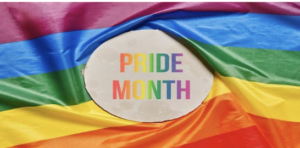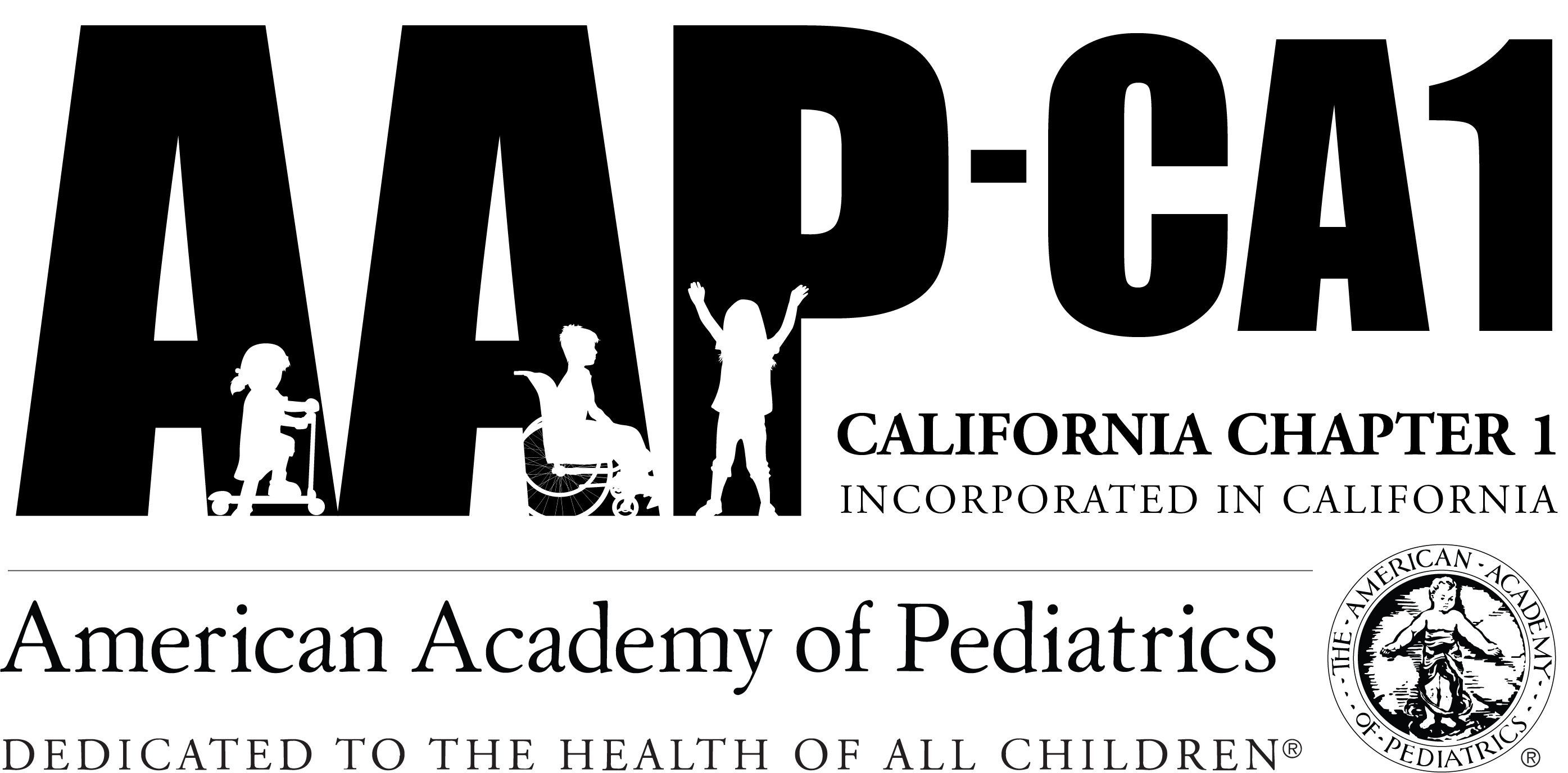What’s Up Docs? Article
Amna Khan, EDI Champion, M.D, FAAP,
Posted June 5, 2024

.
June marks our annual celebration of Pride Month and offers us an important opportunity to review and recommit to the multifaceted ways that we can serve as good allies to LGBTQI+ children and families. As pediatricians, we often are the trusted guide families turn to during childhood and adolescence when questions regarding gender, gender identity, and sexual orientation are explored by our patients.
Some important big and small ways to endorse your allyship as a pediatrician and medical setting:
- Do not wait for patients to volunteer sexual orientation and gender identity (SOGI) info, ask them. This is especially important during the HEADSS assessment.
- Listen and Validate: Listen actively to LGBTQ+ adolescents without judgment and validate their experiences. Support them in expressing their identity and empower them to advocate for themselves.
- Be Respectful and Affirming: Use inclusive language and respect their preferred name and pronouns.
- Don’t strive to be perfect: the fear of getting things wrong often keeps us from saying anything. A good ally is willing to learn and with learning come mistakes. If you misgender someone or use the wrong pronoun, correct yourself, apologize, and move on without explanation (too much explanation can make patient and you uncomfortable). It’s also okay to acknowledge that you don’t know everything but are willing to learn.
- Educate others: one way to support your patient is by respectfully correcting others when they misgender a patient.
- Be aware of healthcare disparities with LGBTQI+ youth compared to heterosexual youth:
- higher levels of depression, anxiety, and attempted suicide
- higher rate of illicit drug use
- report higher levels of eating disorders
- higher risky sexual behavior
High yield tips for HEADSSS assessments:
- Use gender-neutral language until the teen has established a preference for male/female/nonbinary sexual partners.
Example: Are you attracted to anyone? Tell me about that person. Are you comfortable with your sexual feelings?
- Ask who patient has told about their sexual orientation/identity. If yes, what was that person’s reaction? If the reaction was negative, provide information about community support programs for counseling.
Example: Having a supportive parent/caregiver/family that support their LGBT identity is a protective factor. Who provides your greatest emotional support?
Encourage all medical personnel to utilize clearly identifiable pronoun stickers on their employee work badges. Utilize gender inclusive medical forms/questionnaires and become proficient in gender affirming care resources and referrals for patients seeking specific care. Display education brochures and pamphlets regarding LGBTQI+ health concerns and include posters on the walls in your medical setting with LGBTQI+ friendly organizations. Train support staff about best practices to show support for this community as it requires everyone to create an inclusive, open, and safe healthcare environment that patients will return to for their medical needs over time.
A special thank you to my colleague and friend, Dr. Manny Gonzales for his expertise in creating this month’s AAP Equity Corner Newsletter. Dr Gonzales is a true champion of compassionate and equitable healthcare for our LGBTQI+ pediatric patient population at Santa Clara Valley Health. He can be reached at: manuel.gonzales@hhs.sccgov.org.
For additional information about anything described in any of our Equity Corner columns, please reach out to me at thepeoplespediatrician@gmail.com. For additional child-focused, health equity resources and the link to subscribe to my monthly health equity newsletter, visit www.thepeoplespediatrician.com.
In solidarity,
Amna Khan, MD FAAP
EDI Champion, AAPCA1
Read more What’s Up, Docs? Articles
